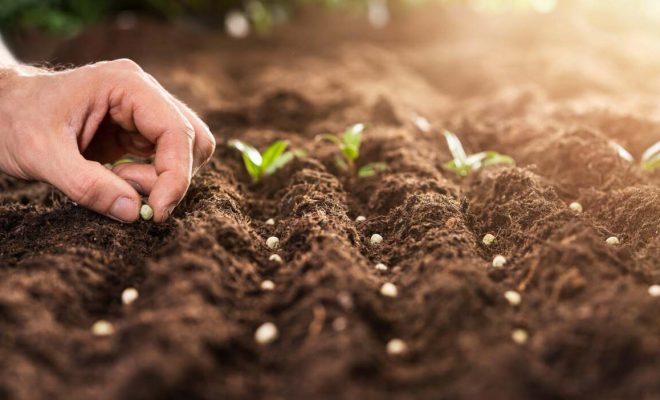The Best Way to Save Your Own Seeds

As the gardening season comes to a close, you may be looking at your beautiful garden and thinking about next year’s planting. You might also be considering how to save your own seeds to ensure another bountiful harvest. Saving seeds is not only economical but also allows you to preserve the particular variety of plants that have thrived in your garden. Here is the best way to save your own seeds:
1. Choose the Right Time to Harvest: Timing is crucial when it comes to seed saving. Most seeds should be collected when the fruit is fully ripe, but timing can vary depending on the plant. For many vegetables, this means waiting until they are overripe and past the point of being edible.
2. Select the Best Specimens: Always save seeds from your healthiest and most vigorous plants. Look for plants with desirable traits such as disease resistance, size, flavor, and productivity. This selective process ensures that you carry those qualities into next year’s garden.
3. Understand Seed Type: Be aware of whether your plants are hybrids or open-pollinated. Hybrids won’t produce true offspring, meaning the new plant may not have the same traits as its parents. Open-pollinated varieties yield seeds that will produce plants identical to their parents if they haven’t been cross-pollinated with other varieties.
4. Dry Seeds Properly: After harvesting, seeds need to be adequately dried before storage. Spread them out on a paper towel or a screen in a warm, dry spot out of direct sunlight. The drying process can take several days or weeks depending on seed size.
5. Store Seeds Correctly: Once completely dry, store seeds in envelopes or containers labeled with the name of the plant and the date of collection. Keep containers in a cool, dark place such as a refrigerator or a basement shelf where temperature and humidity levels stay relatively constant.
6. Test for Viability: Before planting season arrives, test a few seeds for germination by placing them on a damp paper towel inside a sealed container. If they sprout within the usual germination time frame for that plant, they’re viable.
By following these steps, you can successfully save your own seeds and enjoy another year of gardening with plants that are perfectly adapted to your unique environment.






